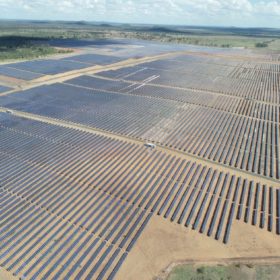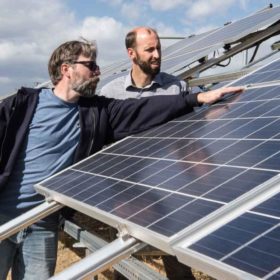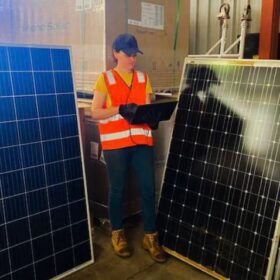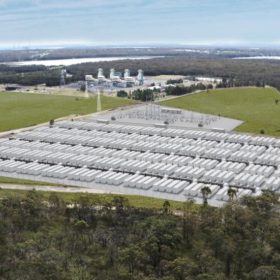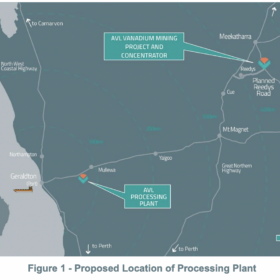Adding rooftop solar to social housing tenants brings equality, savings
Modelling from UNSW and the Australian PV Institute has found governments investing in rooftop solar for state-owned and NGO-owned social housing would save low-income tenants money, deliver returns within just a handful of years, and support the grid with new generation.
Malaysian oil-backed company targets up to 8 GW in Australia, latest international player to invest multi-billions
Gentari, a subsidiary of Malaysian state-owned oil company Petronas, plans to build between 5 GW to 8 GW of solar, wind and battery projects in Australia by 2030. The ambition follows its acquisition and rebranding of Wirsol Energy, which marked the Malaysian company’s entry into the Australian renewable energy market.
‘No transition policy is going to be realised with current strategies’: shifting focus to existing grid’s untapped 10 GW
New digital modelling technology has made visible 10 GW of untapped capacity in Australia’s existing electricity networks. “That 10 GW number is probably achievable without any meaningful incremental cost investment,” Neara cofounder Jack Curtis tells pv magazine Australia. “This is something that’s really only come into awareness of policy makers, and even the private sector, in past six months.”
How long do residential solar panels last?
Multiple factors affect the productive lifespan of a residential solar panel. In the first part of this series, we look at the solar panels themselves.
REC launches 470 W heterojunction solar panel with 22.6% efficiency
REC has developed a new series of heterojunction solar panels with efficiencies up to 22.6% and an operating temperature coefficient of -0.24% per degree Celsius.
How to build, finance product stewardship scheme for solar panels
Researchers in Australia have provided a series of recommendations to set up regulatory frameworks for PV module recycling and reuse. They said that, as a rule of thumb, landfill bans, tracking of the panels’ serial numbers, and a clear definition of ownership should always be included in the legislation for end-of-life solar products.
Thermal storage company approved to build renewable and agriculture precinct in central NSW
Australian thermal storage company, Graphite Energy, has received development approval for a $29 million (USD 18.6 million) sustainable energy precinct in Lake Cargelligo, in the mid-west of New South Wales.
NASA pictures hydrogen-emitting ‘fairy circles’ in WA
NASA has released an image of “fairy circle” clusters in the North Perth Basin of Western Australia, noting the formations have been discovered to naturally seep hydrogen gas from their perimeters.
Engineer report finds investment, not technology, is hamstringing Australia’s decarbonisation
A short report explaining upcoming challenges and solutions to electricity security has been published by the Australian Academy of Technology Sciences and Engineering (ATSE). The report calls for more investment to meet government targets and to keep consumer prices down.
Australian Vanadium secures new land agreement, plugs towards delayed vision
Western Australian company Australian Vanadium Limited (AVL) seems to be fairly delayed in realising its vanadium mine and processing plant vision in Western Australia. Nonetheless, the company has signed a new option agreement to purchase land for its processing plant near Geraldton.

